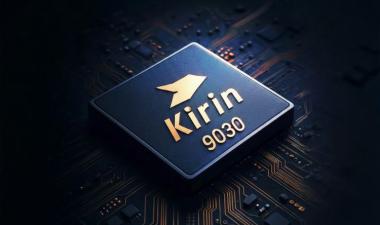TechInsights takes a deep dive into the newly released Apple A18 Pro processor in the iPhone 16 Pro Max. Built on TSMC’s N3E process, the A18 Pro closely mirrors the footprint of its A17 predecessor, despite changes in the manufacturing process. The die size remains surprisingly similar, with only minor variations.
Optimized Design Blocks
The use of TSMC’s relaxed N3E process typically results in lower transistor density, which would normally increase the die size. However, Apple appears to have optimized several functional blocks to maintain a compact design. The A18 Pro includes multiple high-performance and high-efficiency CPU cores, a GPU, an NPU, and interfaces, all packed into a slightly smaller die compared to the A17 Pro.
NPU and AI Enhancements
With Apple’s push towards Apple Intelligence, we anticipated more significant changes in the Neural Processing Unit (NPU), but the A18 Pro maintains a similar core configuration as its predecessor. However, a shift in the cache and shared logic areas may improve AI performance, allowing faster and more complex tasks.
Reusing Core Designs
Interestingly, the P-cores in the A18 Pro are notably larger than in the A17, but this isn't new—Apple has reused core designs from its M-series processors, a practice seen in earlier chip generations as well.
TSMC’s N3E Process and finFLEX Technology
TechInsights' initial analysis reveals that the A18 Pro leverages TSMC’s advanced finFLEX technology, a step up from the previous generation. This new process enables better performance and efficiency, critical to maintaining the processor’s size and capabilities.









